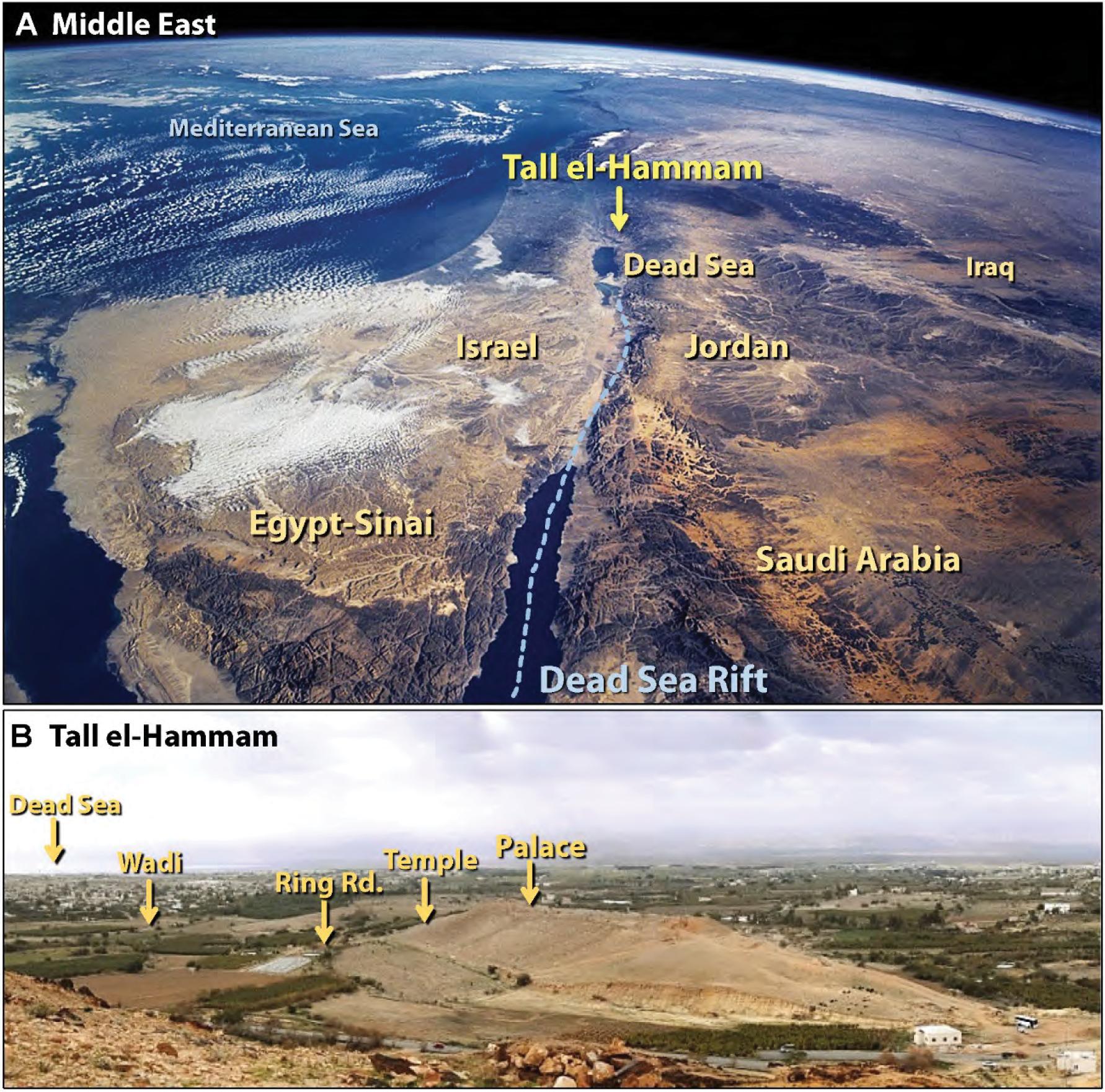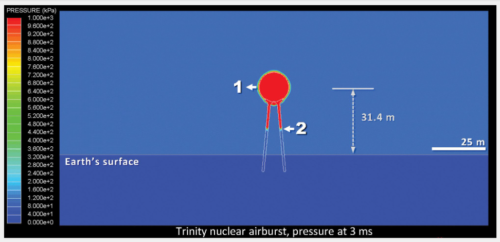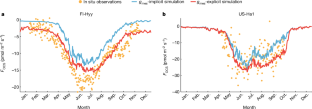2024-10-21 カリフォルニア大学サンタバーバラ校(UCSB)
<関連情報>
- https://news.ucsb.edu/2024/021647/researchers-model-airbursts-common-yet-little-understood-cosmic-impact-process
- https://www.scienceopen.com/hosted-document?doi=10.14293/ACI.2024.0005
- https://www.scienceopen.com/hosted-document?doi=10.14293/ACI.2024.0004
死海近くの青銅器時代中期の都市、トール・エル・ハマムが強力なエアバーストによってどのように破壊されたかをモデル化 Modeling how a Powerful Airburst destroyed Tall el-Hammam, a Middle Bronze Age city near the Dead Sea
Phillip J. Silvia, Steven Collins, Malcolm A. LeCompte, Luis Costa, George A. Howard, James P. Kennett, Christopher R. Moore, Gunther Kletetschka, A. Victor Adedeji, Robert E. Hermes, Timothy Witwer, Kurt Langworthy, Joshua J. Razink, Valerie Brogden, Brian van Devener, Jesus Paulo Perez, Randy Polson, Radana Kavková, Marc D. Young, Allen West
Airbursts and Cratering Impacts Published:28 June 2024
DOI: 10.14293/ACI.2024.0005

Abstract
A previous study presented evidence supporting the hypothesis that a low-altitude airburst approximately 3600 years ago destroyed Tall el-Hammam, a Middle-Bronze-Age city northeast of the Dead Sea in modern-day Jordan. The evidence supporting this hypothesis includes a widespread charcoal-and-ash-rich terminal destruction layer containing shock-fractured quartz, shattered and melted pottery, melted mudbricks and building plaster, microspherules, charcoal and soot, and melted grains of platinum, iridium, nickel, zircon, chromite, and quartz. Here, we report further evidence supporting a cosmic airburst event at Tall el-Hammam. Fifteen years of excavations across the city revealed a consistent directionality among scattered potsherds from individually decorated vessels, including one potsherd group distributed laterally approximately southwest to northeast across ∼22 m, spanning six palace walls. Similar trails of charred grains, charcoal, and bone fragments were also found distributed across multi-meter distances inside the destroyed city. Although an earlier report of the directionality of this debris was challenged, further evidence presented here strengthens that interpretation. We also report Middle-Bronze-Age partially melted breccia that likely formed at >2230 °C, consistent with a cosmic event. We investigated additional glass-filled fractured quartz grains using ten analytical techniques, including transmission electron microscopy (TEM), scanning electron microscopy (SEM), cathodoluminescence (CL), and electron backscatter diffraction (EBSD). These grains are inferred to have formed by high-pressure shock metamorphism, consistent with an earlier report that has been challenged. To test that the mode of destruction could have been an airburst, we produced a hydrocode computer model of a Type 2 or touch-down airburst, in which a high-temperature, high-pressure, high-velocity jet intersects Earth’s surface, producing meltglass, microspherules, and shock metamorphism. The modeling shows that the explosive energy released can propel high-velocity airburst fragments to strike the Earth’s surface, producing shock metamorphism and creating superficial craters potentially susceptible to geologically rapid erosion. Although the probability of such airbursts is low, the potential for substantial damage is high, especially in cities.
彗星,小惑星,核爆発によるエアバーストのモデル化:衝撃変成作用,メルトガラス,微小球体 Modeling airbursts by comets, asteroids, and nuclear detonations: shock metamorphism, meltglass, and microspherules
Allen West, Marc Young, Luis Costa, James P. Kennett, Christopher R. Moore , Malcolm A. LeCompte, Gunther Kletetschka, Robert E. Hermes
Airbursts and Cratering Impacts Published:21 June 2024
DOI: 10.14293/ACI.2024.0004

Abstract
Asteroid and comet impacts can produce a wide range of effects, varying from large crater-forming events to high-altitude, non-destructive airbursts. Numerous studies have used computer hydrocode to model airbursts, primarily focusing on high-altitude events with limited surface effects. Few have modeled so-called “touch-down” events when an airburst occurs at an altitude of less than ∼1000 m, and no known studies have simultaneously modeled changes in airburst pressures, temperatures, shockwave speeds, visible materials, and bulk material failure for such events. This study used the hydrocode software Autodyn-2D to investigate these interrelated variables. Four airburst scenarios are modeled: the Trinity nuclear airburst in New Mexico (1945), an 80-m asteroid, a 100-m comet, and a 140-m comet. Our investigation reveals that touch-down airbursts can demolish buildings and cause extensive ground-surface damage. The modeling also indicates that contrary to prevailing views, low-altitude touch-down airbursts can produce shock metamorphism when the airburst shockwave or fragments strike Earth’s surface at sufficiently high velocities, pressures, and temperatures. These conditions can also produce microspherules, meltglass, and shallow impact craters. Regardless of modeling uncertainties, it is known that bolides can burst just above the Earth’s surface, causing significant damage that is detectable in the geologic record. These results have important implications for using shocked quartz and melted materials to identify past touch-down airbursts in the absence of a typical impact crater. Although relatively rare, touch-down events are more common than large crater-forming events and are potentially more dangerous.



